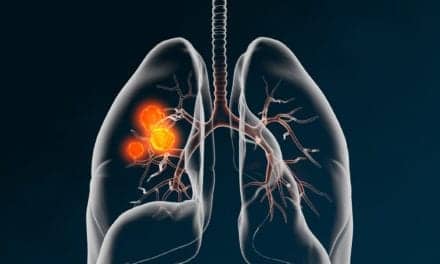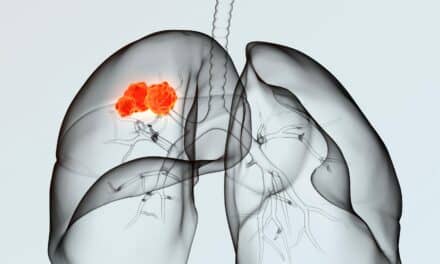Summary:
New multidisciplinary guidelines from AABIP and IASLC affirm that guided bronchoscopy offers tissue sampling adequacy comparable to percutaneous biopsy for lung cancer biomarker testing, with a superior safety profile—especially when using advanced navigational technologies.
Takeaways:
- Sampling Quality: Guided bronchoscopy provides molecular testing samples equal in adequacy to those from percutaneous (CT-guided) biopsy.
- Improved Safety: Bronchoscopic procedures result in fewer serious complications such as pneumothorax and bleeding.
- Efficient Staging: EBUS matches mediastinoscopy in diagnostic accuracy for lymph-node staging while reducing patient morbidity.
A multidisciplinary guideline panel convened by the American Association of Bronchology and Interventional Pulmonology (AABIP) and the Early Detection & Screening Committee of the International Association for the Study of Lung Cancer (IASLC) has determined that guided-bronchoscopy sampling provides tissue of comparable adequacy for comprehensive biomarker testing to percutaneous (CT-guided) biopsy, while delivering a superior safety profile—especially when contemporary navigational technologies are employed.
The guidelines have been published in the Journal of Thoracic Oncology, the official journal of the International Association for the Study of Lung Cancer.
DIrect Comparisons for Diagnostic Accuracy Are Unknown
Linear endobronchial guided sampling of accessible mediastinal lesions is well established as a first-choice modality for lung cancer mediastinal staging. Parenchymal lung lesions, however, are routinely accessed by either a percutaneous (CT-guided) or a bronchoscopic approach. Direct comparisons between the percutaneous approach and bronchoscopy or endobronchial ultrasound (EBUS) and mediastinoscopy are sparse in regard to diagnostic accuracy, and it remains unknown which sampling technique is the safest and offers the most adequate material for comprehensive biomarker testing.
This clinical practice guidelines developed by AABIP and IASLC provide evidence on the safety and sampling adequacy for comprehensive biomarker testing of bronchoscopy-guided lung parenchymal biopsies as compared to percutaneous biopsies, and endobronchial ultrasound-guided lymph node sampling as compared to mediastinoscopy.
Bronchoscopic Techniques Have Adequate Sampling Success
The available evidence suggests that guided-bronchoscopy sampling is of similar adequacy for comprehensive biomarker testing compared to percutaneous biopsy, while consistently demonstrating a better safety profile with fewer complications, especially with the use of contemporary advanced navigational bronchoscopic technologies
Key Findings
- Sampling adequacy: Across the analyzed studies, bronchoscopy-guided parenchymal biopsies yielded molecular-testing specimens equivalent in quality and quantity to those obtained via percutaneous biopsy.
- Safety: Guided bronchoscopy consistently produced fewer serious complications—such as pneumothorax and significant bleeding—than percutaneous approaches.
- Lymph-node staging: Endobronchial ultrasound (EBUS) continues to rival mediastinoscopy in diagnostic accuracy while offering lower morbidity for mediastinal assessment.
“These recommendations are immediately actionable for clinicians deciding how best to obtain tissue for biomarker analysis in suspected or confirmed lung cancer,” says Abhinav Agrawal, MD, System Director of Interventional Pulmonology and Associate Professor of Medicine & Cardiovascular/Thoracic Surgery at the Donald and Barbara Zucker School of Medicine at Hofstra/Northwell Health. “They should also inform the design of future clinical trials by highlighting both sample adequacy and the safety advantages of minimally invasive bronchoscopic techniques when compared with percutaneous approaches.”
“The current evidence supports the use of advanced bronchoscopic approaches for diagnosis, staging and acquisition of tissue for comprehensive biomarker testing in one procedure, a truly patient-centered approach, regardless of whether material is needed for standard of care or clinical research” says Septimiu Murgu, MD, senior author and a Professor of Medicine at The University of Chicago.
Featured Image: Luchschen | Dreamstime.com





